| Author: | Thomas Love Peacock | ISBN: | 1230000036867 |
| Publisher: | Zhingoora Books | Publication: | December 5, 2012 |
| Imprint: | Language: | English |
| Author: | Thomas Love Peacock |
| ISBN: | 1230000036867 |
| Publisher: | Zhingoora Books |
| Publication: | December 5, 2012 |
| Imprint: | |
| Language: | English |
Christmas Summary Classics
This series contains summary of Classic books such as Emma, Arne, Arabian Nights, Pride and prejudice, Tower of London, Wealth of Nations etc. Each book is specially crafted after reading complete book in less than 30 pages. One who wants to get joy of book reading especially in very less time can go for it.
Nightmare Abbey
"Nightmare Abbey" is perhaps the most extravagant of all Peacock's stories, and, with the exception of "Headlong Hall," it obtained more vogue on its publication in 1818 than any of his other works. It is eminently characteristic of its author--the eighteenth century Rabelaisian pagan who prided himself on his antagonism towards religion, yet whose likes and dislikes were invariably inspired by hatred of cant and enthusiasm for progress. The hero of the story is easily distinguishable as the poet Shelley. On the whole the characters are more life-like presentations of humanity than those of "Headlong Hall." Simple and weak though the plot is, the reader is carried along to the end through a brilliant maze of wit and satire; underneath which outward show of irresponsible fun there pervades a gloomy note of tragedy.
Christmas Summary Classics
This series contains summary of Classic books such as Emma, Arne, Arabian Nights, Pride and prejudice, Tower of London, Wealth of Nations etc. Each book is specially crafted after reading complete book in less than 30 pages. One who wants to get joy of book reading especially in very less time can go for it.
Nightmare Abbey
"Nightmare Abbey" is perhaps the most extravagant of all Peacock's stories, and, with the exception of "Headlong Hall," it obtained more vogue on its publication in 1818 than any of his other works. It is eminently characteristic of its author--the eighteenth century Rabelaisian pagan who prided himself on his antagonism towards religion, yet whose likes and dislikes were invariably inspired by hatred of cant and enthusiasm for progress. The hero of the story is easily distinguishable as the poet Shelley. On the whole the characters are more life-like presentations of humanity than those of "Headlong Hall." Simple and weak though the plot is, the reader is carried along to the end through a brilliant maze of wit and satire; underneath which outward show of irresponsible fun there pervades a gloomy note of tragedy.
![Cover of the book Nightmare Abbey [Christmas Summary Classics] by Thomas Love Peacock, Zhingoora Books](https://www.kuoky.com/images/2012/december/500x500/1230000036867-qvpU_500x.jpg)
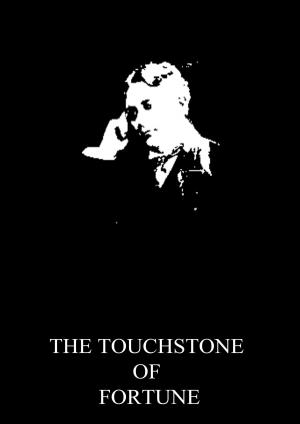
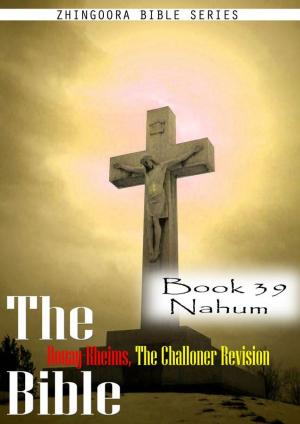
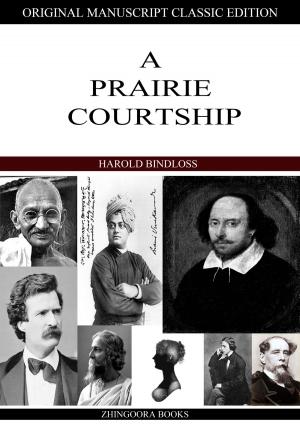
![Cover of the book The Peloponnesian War [Christmas Summary Classics] by Thomas Love Peacock](https://www.kuoky.com/images/2012/december/300x300/1230000034851-Jqjo_300x.jpg)
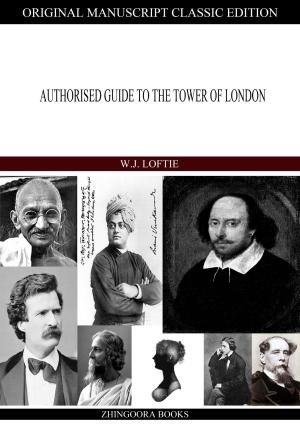
![Cover of the book Emma [Christmas Summary Classics] by Thomas Love Peacock](https://www.kuoky.com/images/2012/november/300x300/1230000032276-w0rs_300x.jpg)
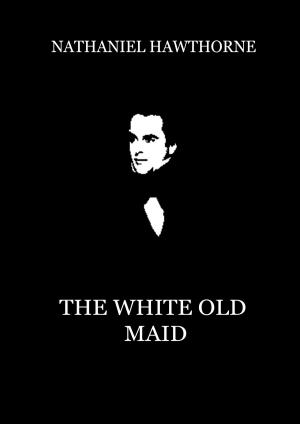
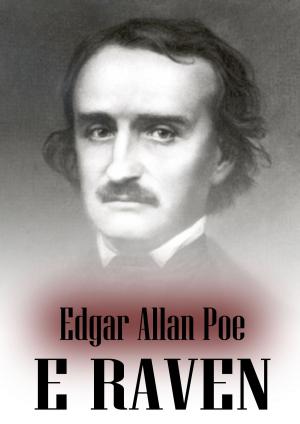

![Cover of the book Old Mortality [Christmas Summary Classics] by Thomas Love Peacock](https://www.kuoky.com/images/2012/december/300x300/1230000036863-wdv0_300x.jpg)
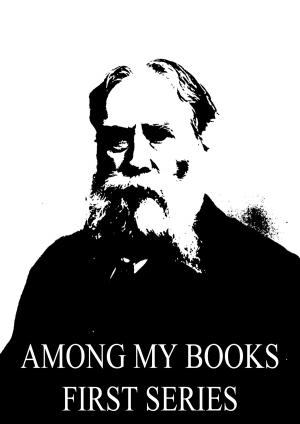
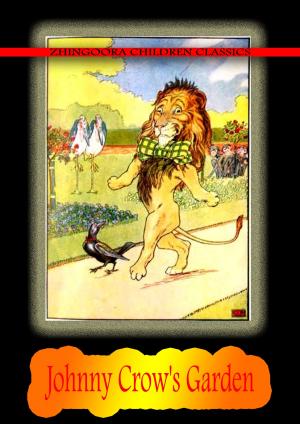
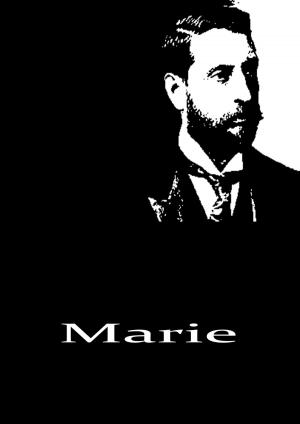
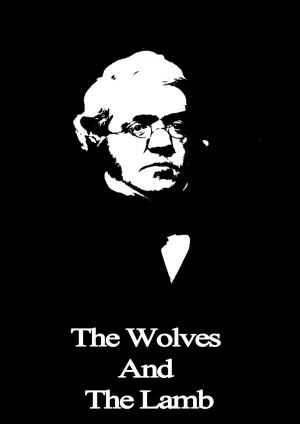
![Cover of the book Notre Dame de Paris [Christmas Summary Classics] by Thomas Love Peacock](https://www.kuoky.com/images/2012/december/300x300/1230000036862-jQSC_300x.jpg)